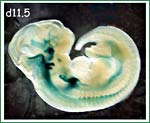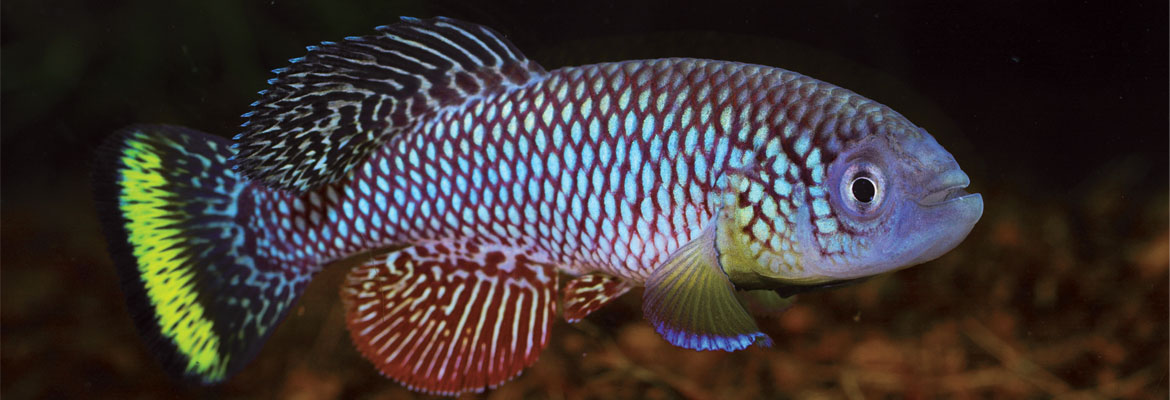Englert Forschungsgruppe
Molecular basis of urogenital development
Many "disease" genes in humans play essential roles in the development of specific organs. Examples are the Wilms' tumor suppressor gene wt1 that, in its mutated form, causes a pediatric kidney cancer and is indispensable for gonad and kidney development in humans and mice. Kidney diseases are also caused by members of the Eya ("Eyes absent") and Six ("Sine oculis") gene families (branchio-oto-renal syndrome). In order to understand how mutations of those genes cause malformations in humans, we are trying to explore the molecular mechanisms by which the respective gene products exert their function. For this we are employing biochemistry, cell biology as well as animal models (mouse, zebrafish).
Pathways regulating aging and lifespan in a short-lived vertebrate

[Translate to deutsch:] The identification of vertebrate genes, which control aging is hampered by the lifespan of available animal models. Recently, a species of annual fish with an exceptionally short lifespan was described [Valdesalici S, Cellerino A (2003) Proc Biol Sci. 270, S189-S191]. This species is named Nothobranchius furzeri and has a maximum life expectancy in captivity of just three months.
We want to use N. furzeri to analyze and characterize the biochemical pathways that regulate aging in vertebrates.
[Translate to deutsch:] Downloads
- CV_CE.pdf56 KB
[Translate to deutsch:] Contact

[Translate to deutsch:]
Christoph Englert
Phone 03641-65-6042
Fax 03641-65-6040
cenglert@~@fli-leibniz.de









